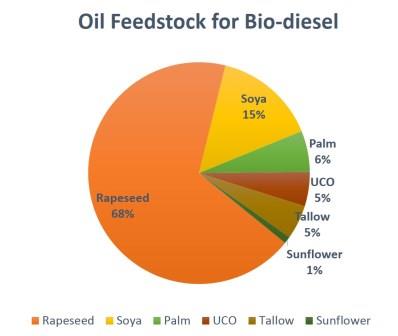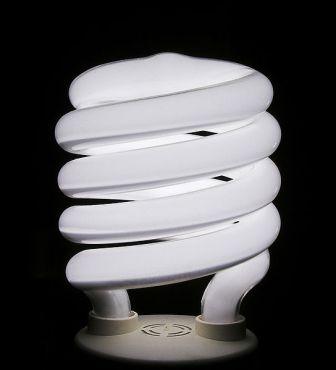Over 45% of India’s Operational Hydropower Capacity is in the Northern States
Recently, India overtook Japan as the 5th largest hydropower generator in the world with an installed capacity of 50.38 GW (March 2020). Although most electricity in India is produced by fossil-fuel, hydropower is still important to the country for its growing energy needs. About 14% of India’s total electricity generation capacity is hydro, including small hydropower plants (<25MW). With abundant water resources, northern states in India are major hydropower producers. The region currently has 19 GW (March 2020) operational hydropower capacity which is over 45% of India’s total hydropower capacity.

India’s northern region is home to some of the largest waterfalls between the Indus-Gangetic plain and the Himalayas demarcating the region from Central Asia. The region comprising of states such as Himachal Pradesh, Punjab, Uttarakhand, Haryana, Delhi, Rajasthan, Uttar Pradesh and Union Territory of Chandigarh, Jammu & Kashmir and Ladakh. Below are the top three states in the northern region with the highest operational hydropower capacity –
Himachal Pradesh is situated in the western Himalayas. It is a mountainous state and known for its extreme landscape having several mountain peaks and large perennial river systems. The major rivers in the state are Chenab, Ravi, Beas, Sutlej, and Yamuna. These perennial rivers are fed by snow and rainfall. The state has an operational hydropower generation capacity of 9.8 GW, which is 52% of the entire northern region. Himachal Pradesh has the highest hydropower capacity not just in the northern region, but also in overall India. The state has about 23% of India’s total operational hydropower capacity.
Uttarakhand often referred to as the “Devabhumi” (“Land of the Gods”) is also one of the leading states in the northern region for its rich hydropower resources. Major rivers in the states are Alaknanda, Bhagirathi, Ganges, and Yamuna. The state has 3.8 GW of operational hydropower capacity (20% of the northern region). At the India level, Uttarakhand contributes to 9% of India’s total operational hydropower capacity.
Jammu & Kashmir is a region administered by India as a union territory. It lies to the north of the Himachal Pradesh. The region is home to several valleys and large perennial rivers such as Jhelum, Tawi, Ravi, and Chenab. The state has 3.4 GW of operational hydropower capacity (18% of the northern region). At the India level, Jammu & Kashmir contributes to 8% of India’s total operational hydropower capacity.

The northern region has mountainous topography and a perennial river system, thus, it has a great potential to develop further hydropower projects. The region receives sufficient rainfall, has suitable geological terrains, and increasing power transmission capacity. As per the study by Central Electricity Authority (CEA), an additional 53.4 GW of large and 52.2 GW of small hydropower capacity is identified that could be developed in the region.
| Region/ State | Total (MW) | Above 25 MW |
| Jammu & Kashmir | 11769 | 11497 |
| Ladakh | 2377 | 2046 |
| Himachal Pradesh | 18820 | 18540 |
| Punjab | 971 | 971 |
| Haryana | 64 | 64 |
| Rajasthan | 496 | 483 |
| Uttarakhand | 18175 | 17998 |
| Uttar Pradesh | 723 | 664 |
| Total | 53395 | 52263 |
| ALL INDIA | 148701 | 145320 |
Hydropower is a mature technology for power generation in India. It also serves to manage peak power demand. Demands for power vary greatly because of different consumption patterns largely driven by varied demand during the day and night and are also affected by seasonal variations. Hydropower plants can be on and off almost instantly makes it super responsive for meeting peak demands. This cannot be achieved from fossil fuel plants, which are not efficient for producing power for short periods due to long start-up times.
Hydropower is a clean energy source and does not pollute the water or the air like fossil fuel power generation. However, hydropower facilities can have negative environmental impacts if not developed with necessary environmental impact assessment. Various studies by The Global Dam Optimization Initiative, Florida International University, University of Leicester, and International Rivers indicate that hydropower should not be prioritized over other renewable energy technologies such as solar and wind, which have relatively lesser or nil environmental impacts. Therefore, it is crucial for the government to assess all environmental impacts before making a decision to set-up the hydropower project.



